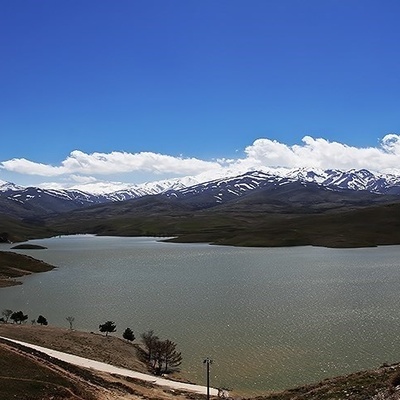SAEDNEWS: When we think of ancient civilizations, Mesopotamia and Egypt often come to mind first. Yet, Iran—with its mountains, plateaus, and fertile valleys—was home to one of the world’s earliest centers of human life and culture.

According to SAEDNEWS, When we think of ancient civilizations, Mesopotamia and Egypt often come to mind first. Yet, long before Cyrus the Great or the Achaemenid Empire, Iran—with its mountains, plateaus, and fertile valleys—was already a cradle of human life and culture. Here, people were building villages, domesticating animals, and creating societies that would leave a lasting mark on the ancient world.
Archaeological evidence reveals that humans inhabited Iran as far back as the Stone Age. Flint tools and cave settlements have been discovered in the Zagros Mountains, showing early humans adapting to the rugged terrain. By around 6000 BC, Neolithic communities were practicing agriculture and crafting painted pottery. Settlements near Persepolis showcase mud-brick houses, stone bowls, and wheel-made ceramics—small windows into the daily lives of ancient Iranians.
Iran’s geography played a crucial role in shaping these societies. The Elburz and Zagros mountains offered natural protection while also serving as a crossroads linking Mesopotamia with Central Asia, India, and beyond. This made the Iranian plateau a hub for trade, migration, and cultural exchange.

Among these early societies, the Elamites stood out. Centered in the city of Susa, Elam thrived as early as 2700 BC, long before the rise of Persia. While adopting writing systems influenced by Mesopotamia, the Elamites developed their own language, customs, and traditions. Living in the highlands yet exploiting fertile plains for agriculture, they balanced survival with commerce and diplomacy.
Elamite culture was unique in several ways. Their religion, with gods like Inshushinak and goddesses like Kiririsha, reflected a blend of local beliefs and neighboring influences. Women in Elam had rights uncommon in the ancient world—they could inherit wealth, conduct business, and even hold political influence.

Susa was more than a capital—it was the beating heart of Elam. Strategically located near Babylonia, it became a center of trade, cultural exchange, and political power. Archaeological digs have revealed massive ruins, clay tablets, and inscriptions in proto-Elamite script—some of the earliest writing in human history.
Elam’s kings often clashed with Mesopotamian rulers from Kish, Ur, and Babylon. Historical records mention conflicts such as Enmenbaragesi of Kish defeating Elam after the legendary Flood, highlighting the highland kingdom’s significance. Over centuries, Elam maintained its identity through both warfare and diplomacy, influencing the region’s cultural and political landscape.
By the 7th century BC, Elam’s political power waned with the rise of the Medes and Persians. Yet, the Elamites never truly vanished. Their art, governance, religion, and language merged into the emerging Persian identity, leaving a cultural foundation that endured for centuries.
Elam may not be as famous as Persia, but it was the first great kingdom of the Iranian plateau. From prehistoric villages to Susa’s thriving metropolis, Iran’s early civilizations shaped the culture, politics, and religion that later empires would inherit. Without Elam, the story of Iran—and indeed much of ancient history—would be incomplete.

